6 Easy DIY Window Valance Ideas (You Can Totally Make In an Afternoon)
For about as long as I’ve been decorating our homes, I’ve been making window valances to cover our windows! Why? They tend to be a really easy and very budget-friendly way to put something on your windows when you can’t or don’t want to do longer curtains. Over the years, I’ve used everything from fabric and wallpaper to wood and foam to re-imagine this simple window treatment idea over and over. Today, I’m breaking down 6 different DIY window valance ideas that look super stylish but are still easy enough to pull together in just a few hours!
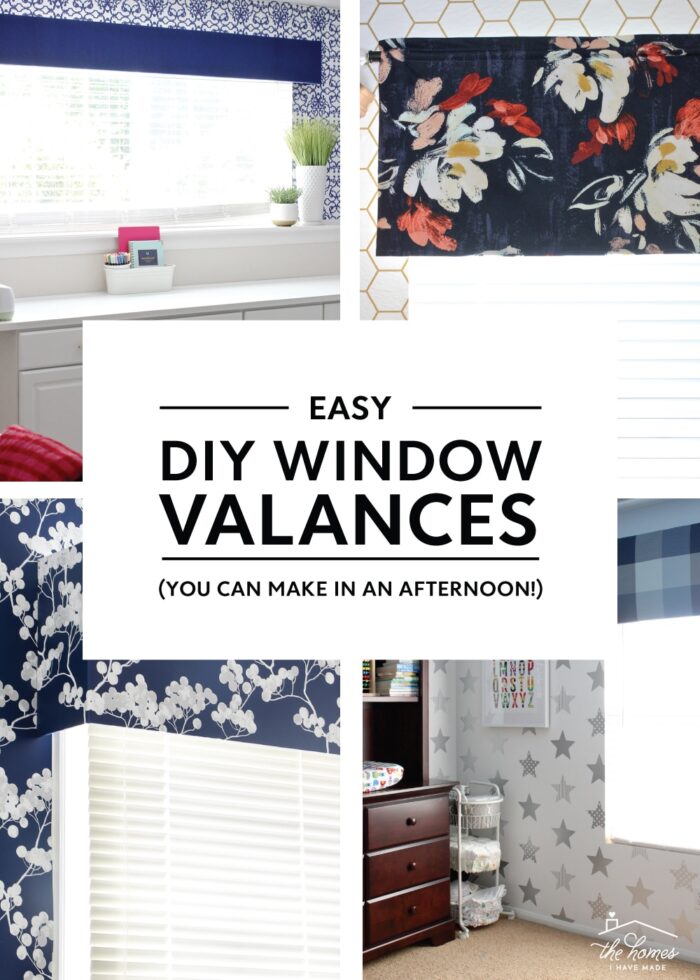
What Is a Valance?
A valance, cornice board, pelmet, or window box are all (very common) names for a similar style of window treatment: a horizontal panel that covers just the top of a window.
Valances do not move up and down (like shades) or side to side (like curtains); as such, they provide no functional value as far as covering the window itself or blocking light.
Valances are purely a decorative way to cover the top frame and/or hardware of a window while also providing an opportunity for color or pattern within a space.
Valances can be made from a wide range of materials, constructed in a variety of shapes and sizes, and mounted to windows/walls in several different ways.
Here are just some of the DIY window valances installed across our various homes:
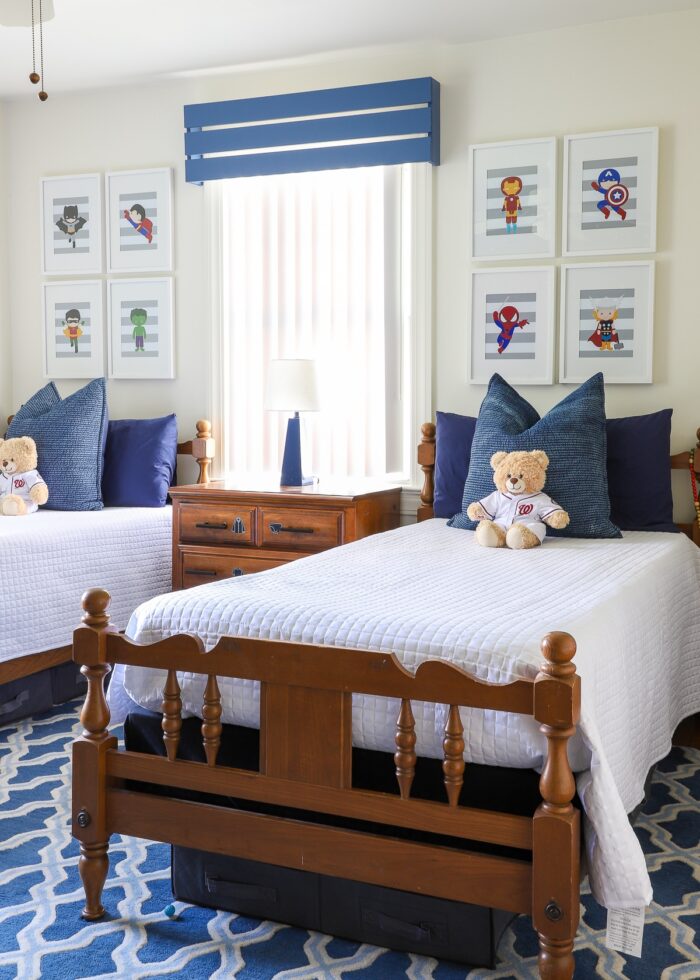
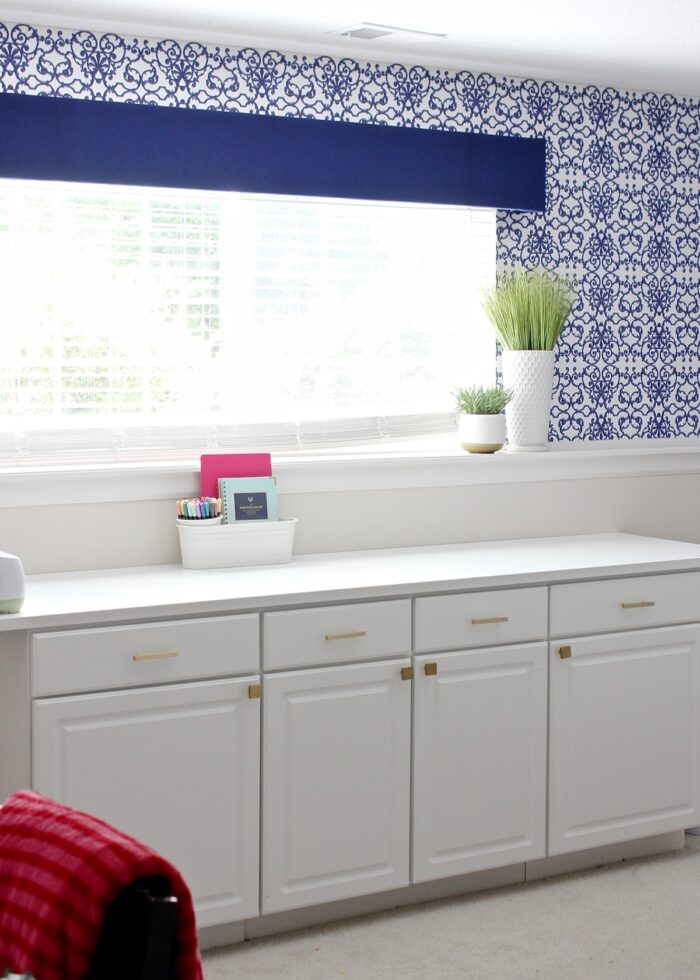
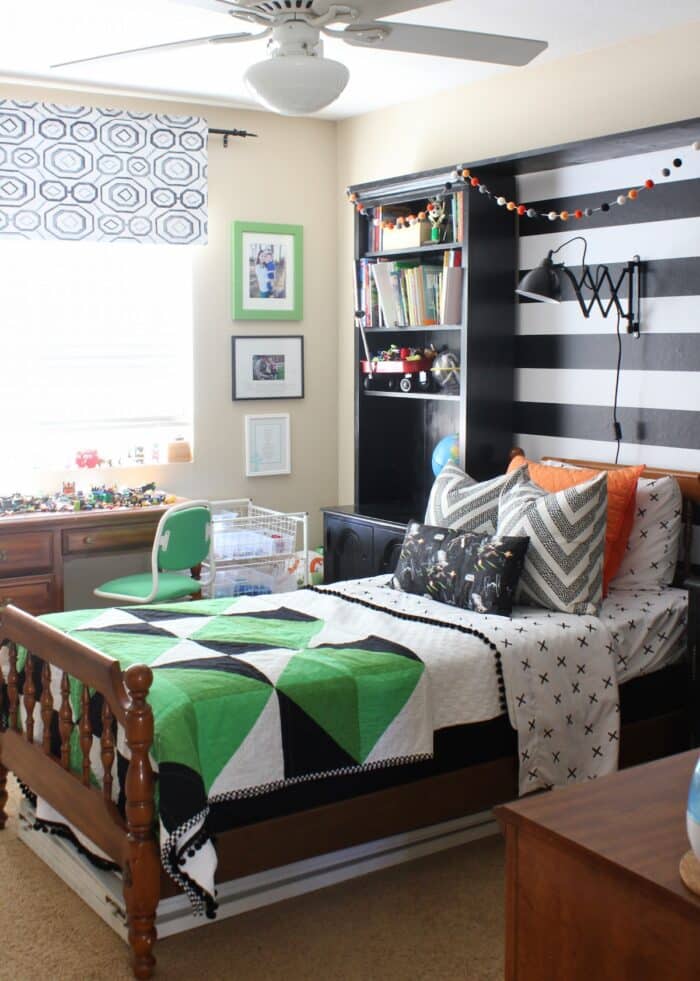
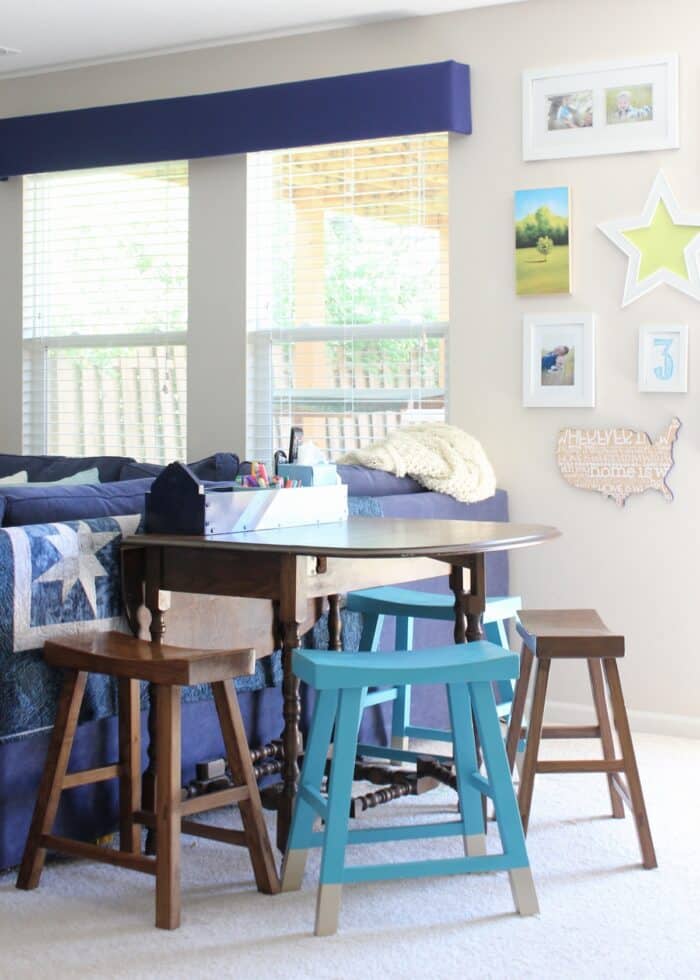
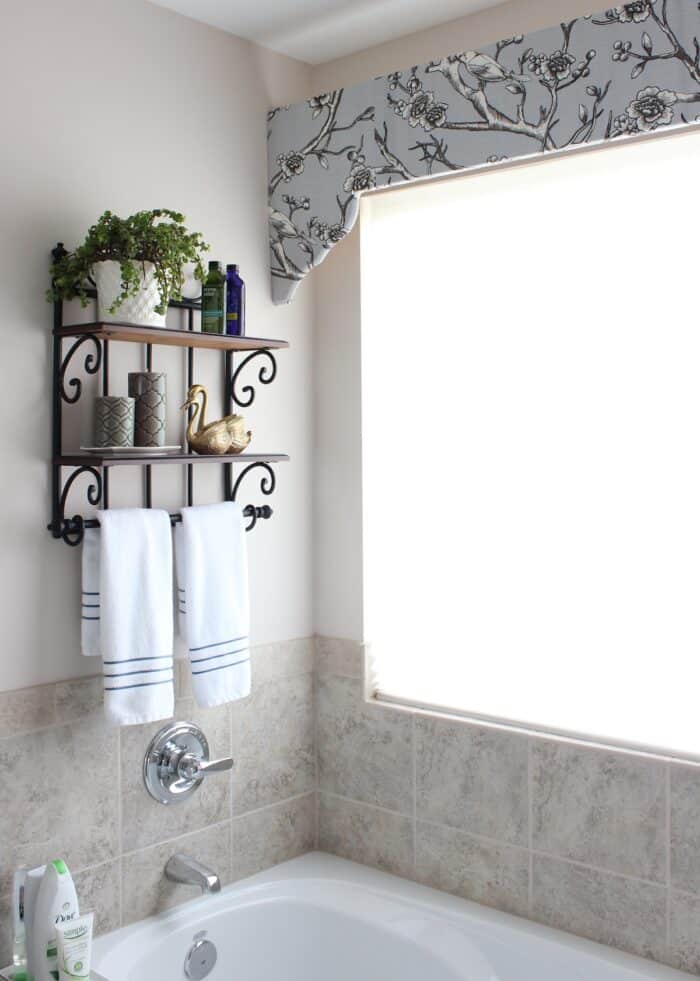
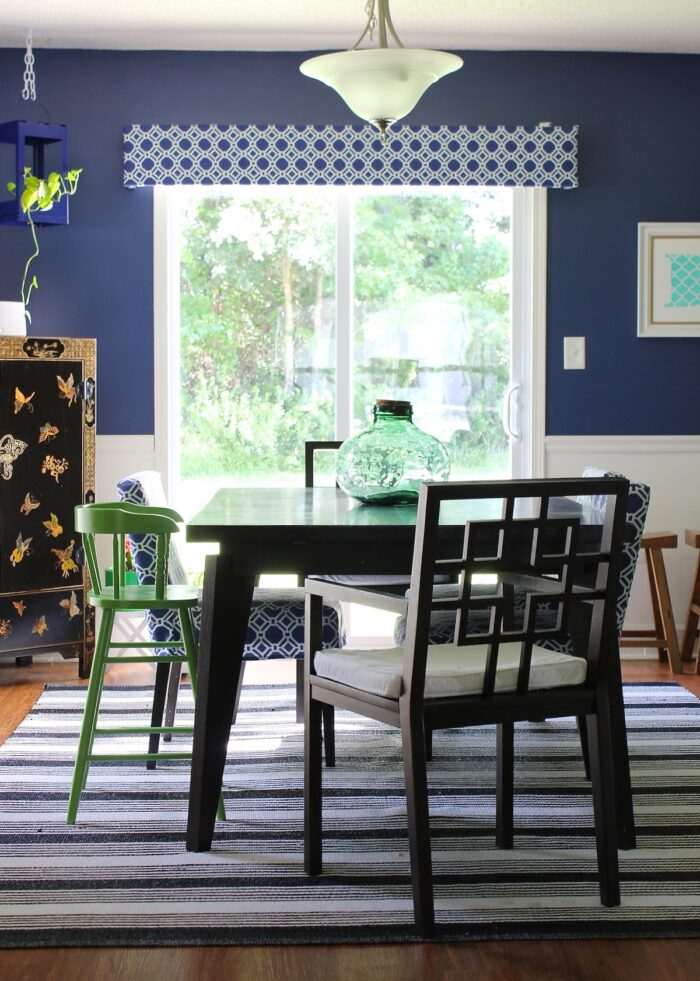
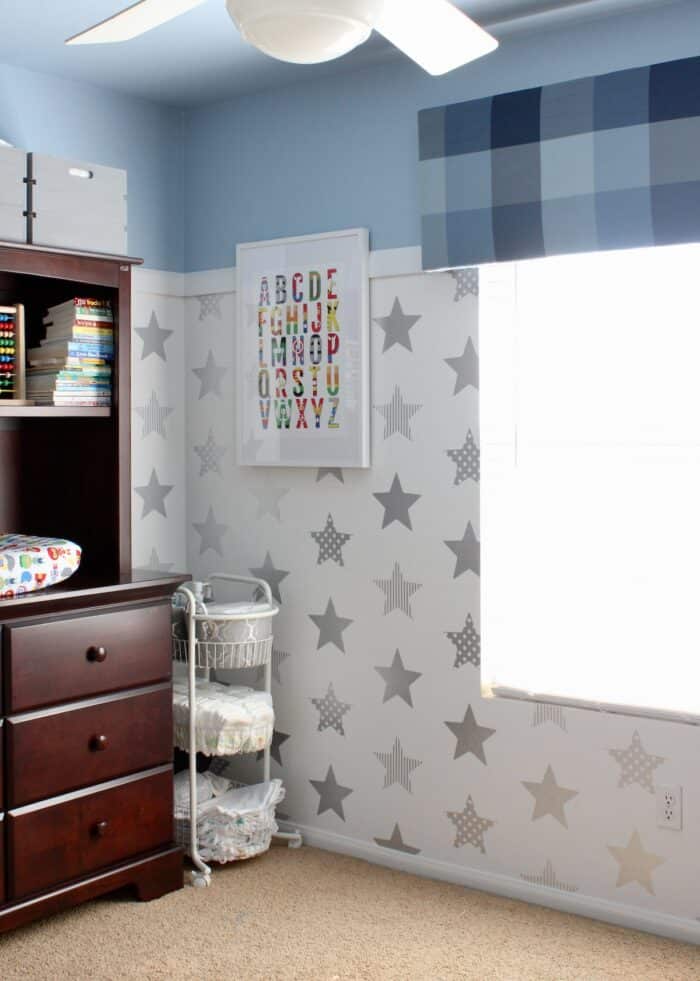
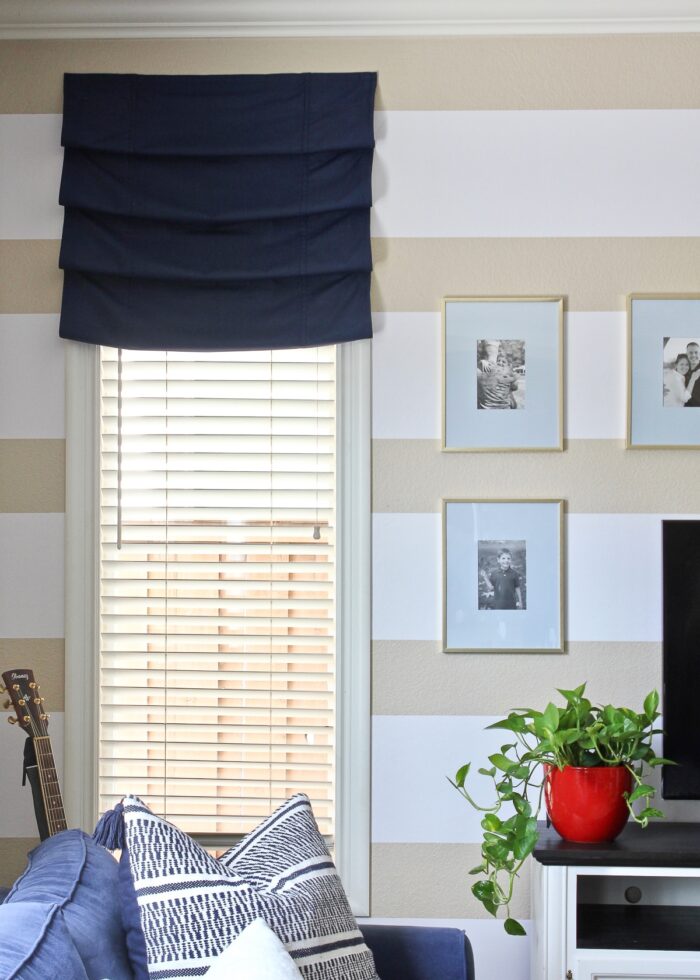
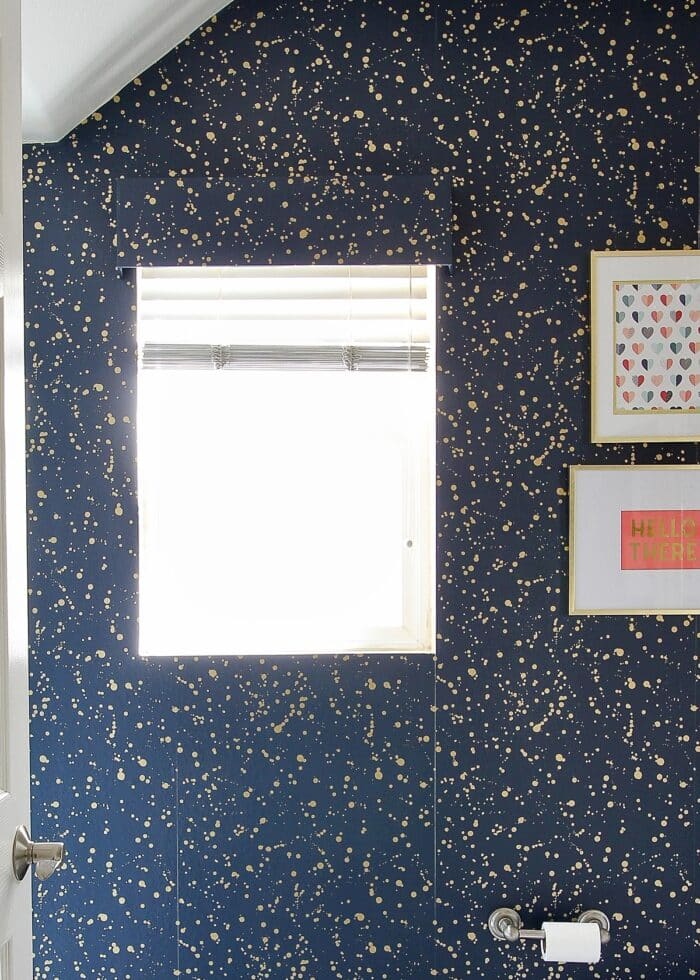
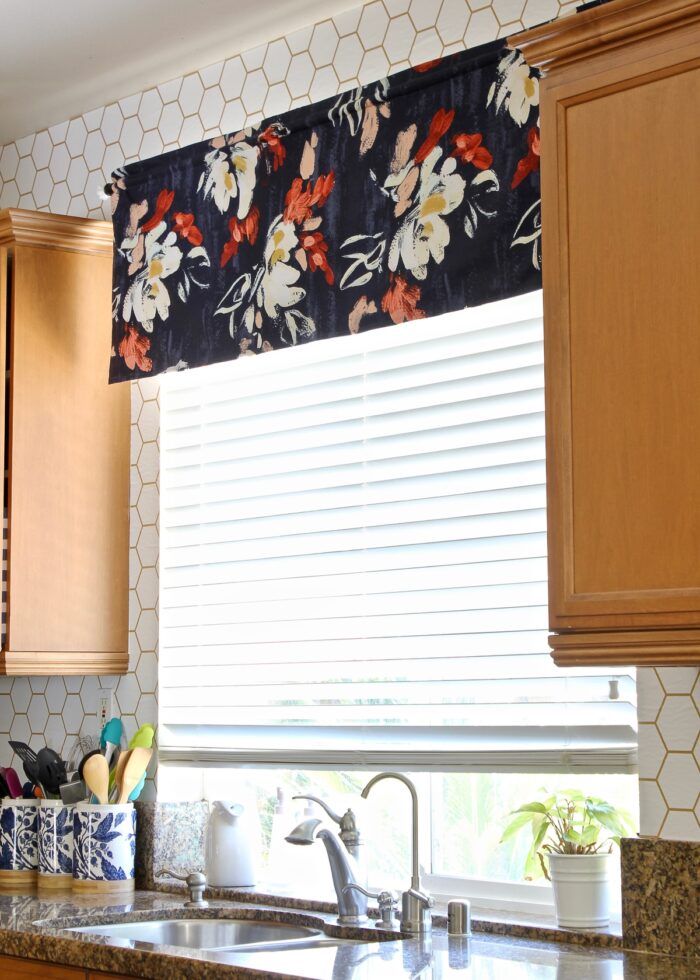
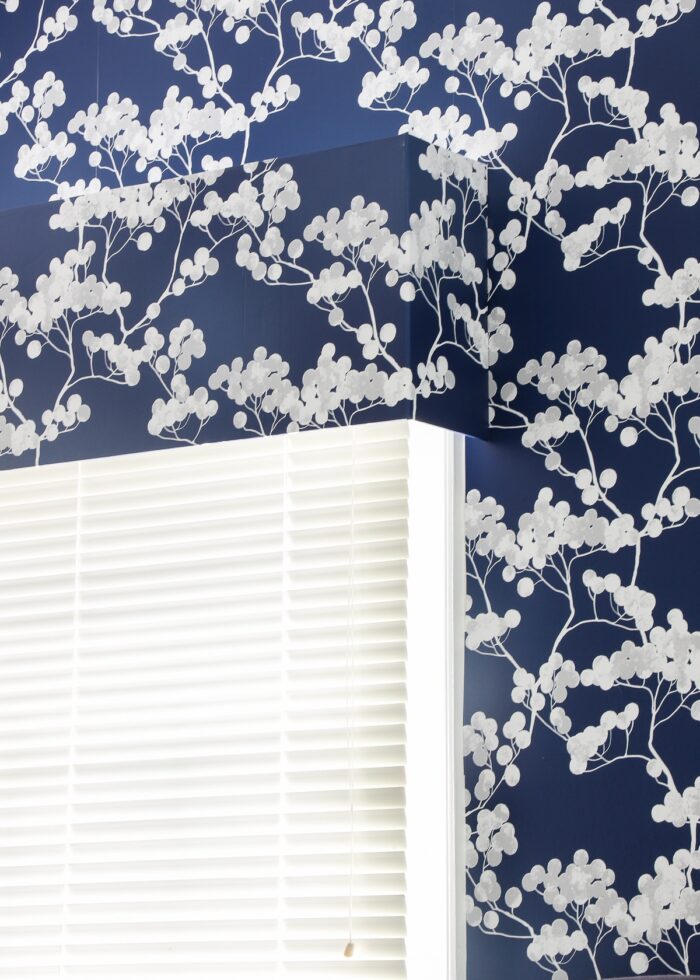
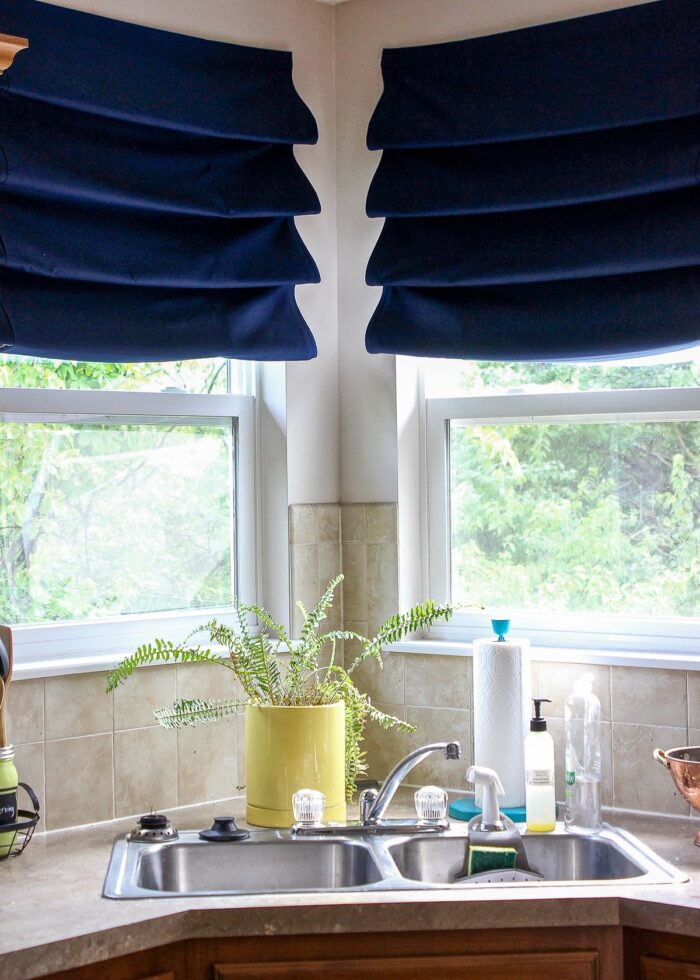
Told you I’ve made a lot of valances 😉
When To Consider a Window Valance for Your Window
When Curtains Won’t Work
One of the main reasons to opt for a valance is because it allows you to put something on your windows when longer curtains won’t work. Maybe you have furniture in front of your windows (such as a couch or countertop, sliding glass door), so curtains can’t hang all the way to the floor. Or perhaps you have really skinny windows that can’t support the excess fabric of drapes.
When curtains just aren’t the answer, a valance can be!
They’re Easy
One of the main reasons I revisit the window valance time and time again is because they really are quick and easy to make. No matter which version you choose, they come together using really basic tools and simple, straight-forward methods.
If you can work an electric drill and a staple gun, you can make your own window valances!
They Use Minimal Materials
Window valances are often made from inexpensive raw materials such as plywood or foam board, some of which you might already have in your garage. Further, they require much less fabric than full-length curtains do.
This minimal supply usage not only makes them inexpensive (when purchasing materials new) but also something you might be able to pull together using scraps and leftovers you already have!
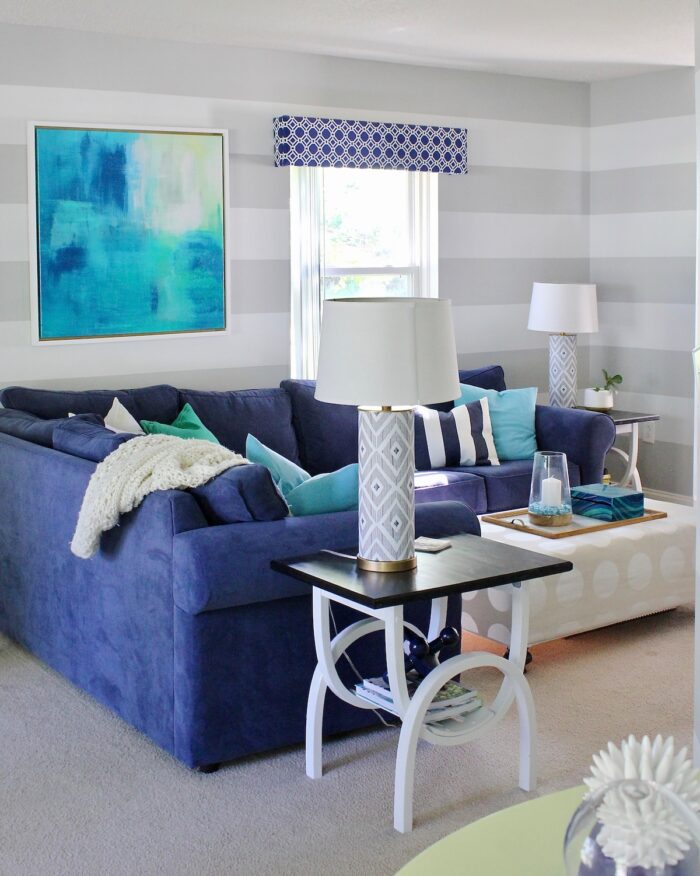
When a Window Valance Isn’t the Right Choice for Your Windows
When There are No Blinds or Curtains
As mentioned above, valances do not provide any privacy. None. So typically, you will want to use them in conjunction with curtains or blinds. If you need your windows covered during parts of the day, explore other options first.
When You Have Round Windows
Valances are typically a straight, rectangle across the top of a window. Even if you buy/make swoopy, droopy ones, they will still hang in a straight line parallel to the floor. If your window has a circular or curved frame, this can look awkward. Usually, custom shades or curtains are better in these circumstances.
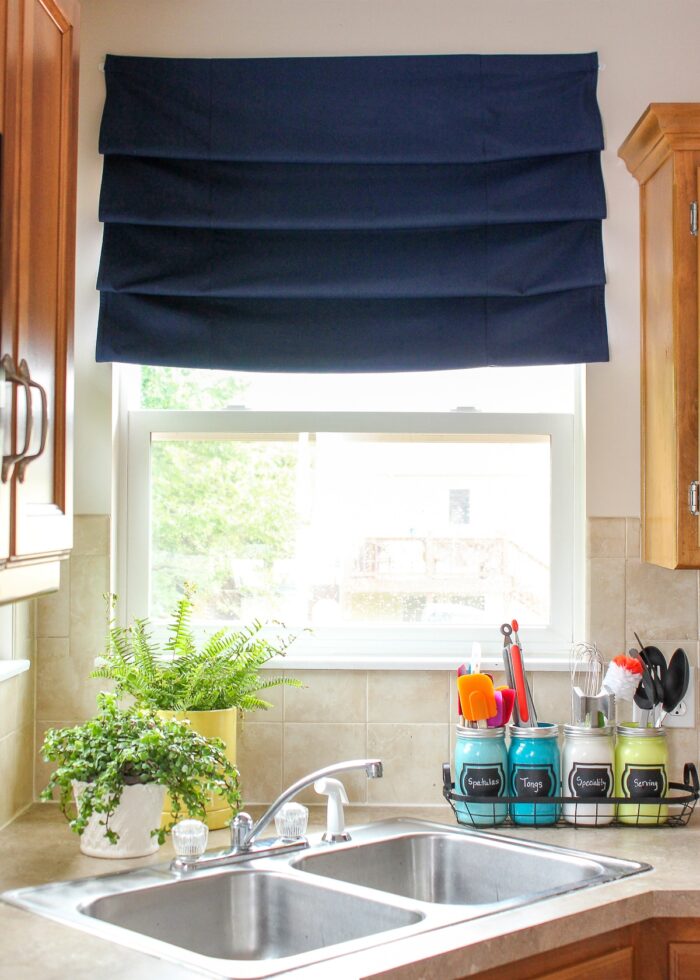
6 Easy DIY Window Valance Ideas to Try
If you’re ready to give a DIY window valance a try, here are 6 different methods I love!
1. Upholstered Wooden Valance Box
This is the most common DIY window valance concept and is best for wide windows and longevity (since it’s really sturdy). This version involves cutting plywood to fit the width and depth of the window frame and screwing it together either with L-brackets or pocket holes. You then (typically) upholster the wooden structure with batting and fabric.

These window boxes are among the most “difficult” of the options listed here (only because they require power tools and mounting brackets), but they will also have the most professional and substantial presence in a room.
2. Foam Insulation Valance
This DIY window valance is my own “hack” on the same wooden version described above. It comes together almost exactly the same, but instead of using wood (which requires cutting and screws), this one uses large sheets of thick foam insulation (from the hardware store).
The result is a project that is not only really easy (like really easy), but also very lightweight to install with simple hooks or even Command Strips.
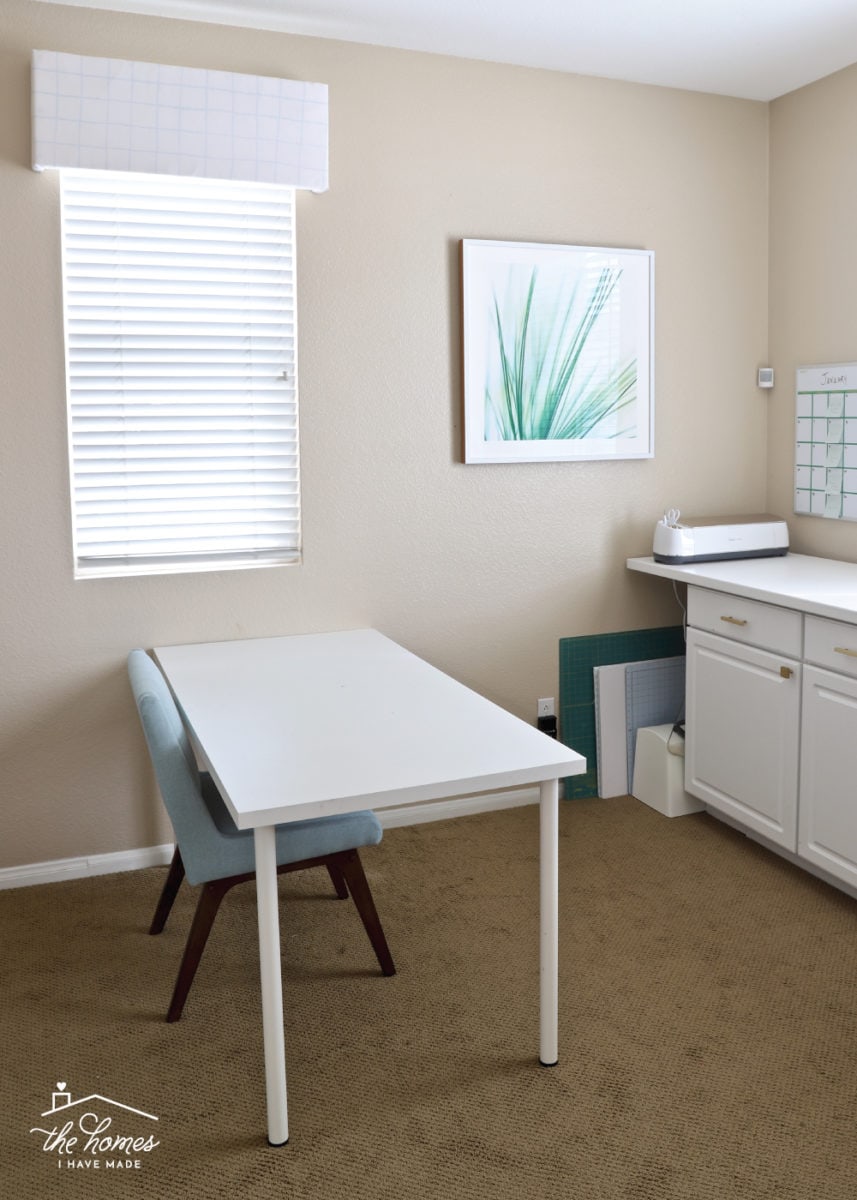
Since this version doesn’t require any power tools, it’s a really great option for beginner DIYers and temporary spaces (e.g., rentals, dorm rooms, apartments, etc).
3. Foam Core Board Valance
Moving even further down in complexity and heft is this version made using foam core board (yep, like a science fair board) or cardboard. Not only is this valance great for those who don’t have a well-stocked toolbox (all you really need is a sharp craft knife and scissors), but it’s the ideal option for tiny windows or when you need to cover existing shade/blind hardware.

This foam board valance is so thin and lightweight that you can usually hang it with Velcro. I’ve used this process so many times to cover the flimsy plastic boards across the tops of blinds.
4. Curved-Edge Valance
This valance comes together almost exactly like #1 (the upholstered window box), but it uses a really clever trick to give it a stylish, curved appearance. You don’t need a fancy saw for this one, just some decorative wooden brackets!
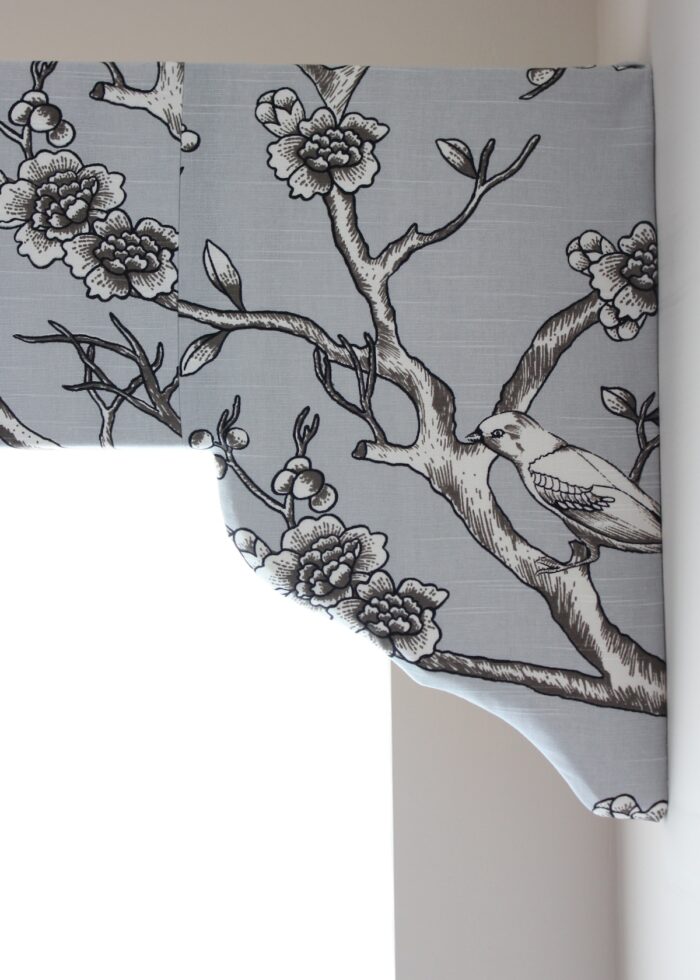
This version is ideal when you want a little more style on your window treatment. It’s also a great option when you need to mount a valance between two protruding walls since it can provide some (removable) architectural interest.
5. Sewn Fabric Valance
A valance doesn’t need to be made from lumber or foam at all! In fact, one of the most simple sewing projects you can undertake for your home is a basic fabric window valance.

A fabric valance is a great way to add texture or pattern to a space when neither long curtains or a chunky, wooden wall installation will work. To hang it, use a plain curtain rod, tension rod (inside the window), or even hook and loop tape directly to the top of the window frame.
However, this tutorial does require a sewing machine and basic sewing knowledge, which may or may not be an option for you.
6. Wood Slat Valance
Last but not least, this wood slat valance is an awesome option when your room isn’t quite calling for a chunk of pattern above the windows, but you need something to draw the eye up and balance out the room.

Made using inexpensive wood boards, this version does require power tools. But it can so easily be customized for a wide range of styles and spaces that it’s definitely worth a consideration!
Other Great Window DIYs To Try
Looking for other great solutions for your windows? I've got you covered with these other smart DIYs!
- How to Make a Window Valance with Foam Insulation
- How to Sew a Window Valance
- How to Make a Window Valance with Foam Core Board & Wallpaper
- DIY Modern Wood Valance
- DIY Cornice Box with Scalloped Edges
- How to Hem Curtains | A Foolproof Method!
- How to Hem Curtains Without Sewing
- How to Widen Store Bought Curtains | An Easy Fix!
- How to Remove Vertical Blinds
- How to Install Your Own Blinds or Shades
- How to Hang a Curtain Rod Without Drilling into the Wall
- How to Hang Curtains On Rings (With Perfect Results!)
- How to Hang Curtains In a Corner Window
- 6 Easy DIY Window Valance Ideas (You Can Totally Make In an Afternoon)

Making your own window valance really is an easy DIY decor project. In fact, these blue wooden ones (above) were some of my first “real” DIYs when I initially got into decorating.
How big your windows are, what kind of tools and skills you have, and how “fancy” of a window treatment you want will influence which version is right for you. But surely one of these tutorials will help you add a lot more color and style to the windows in your home!
Megan


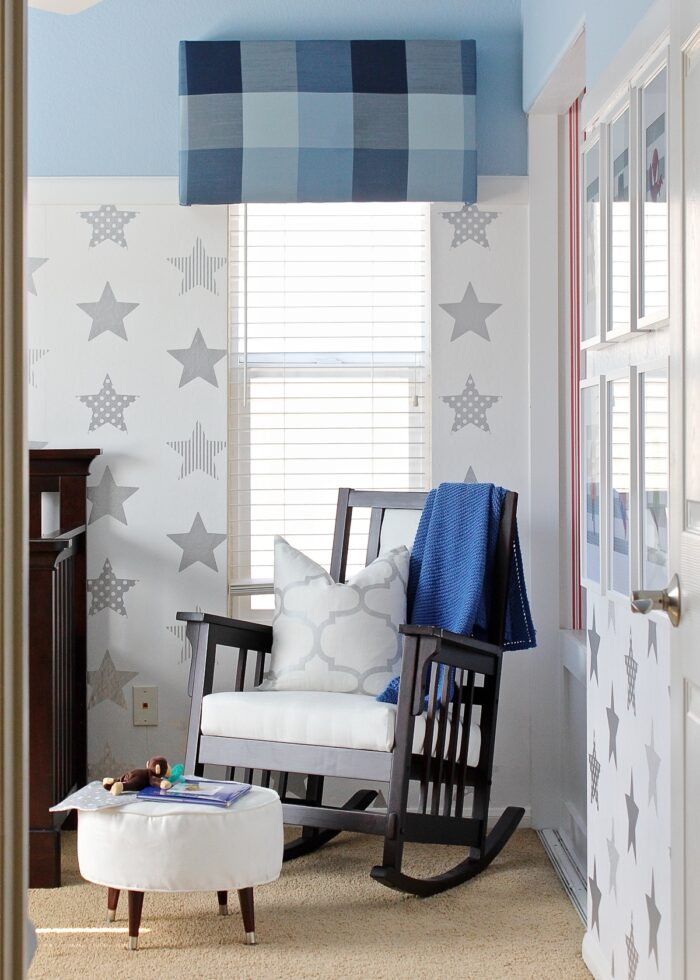
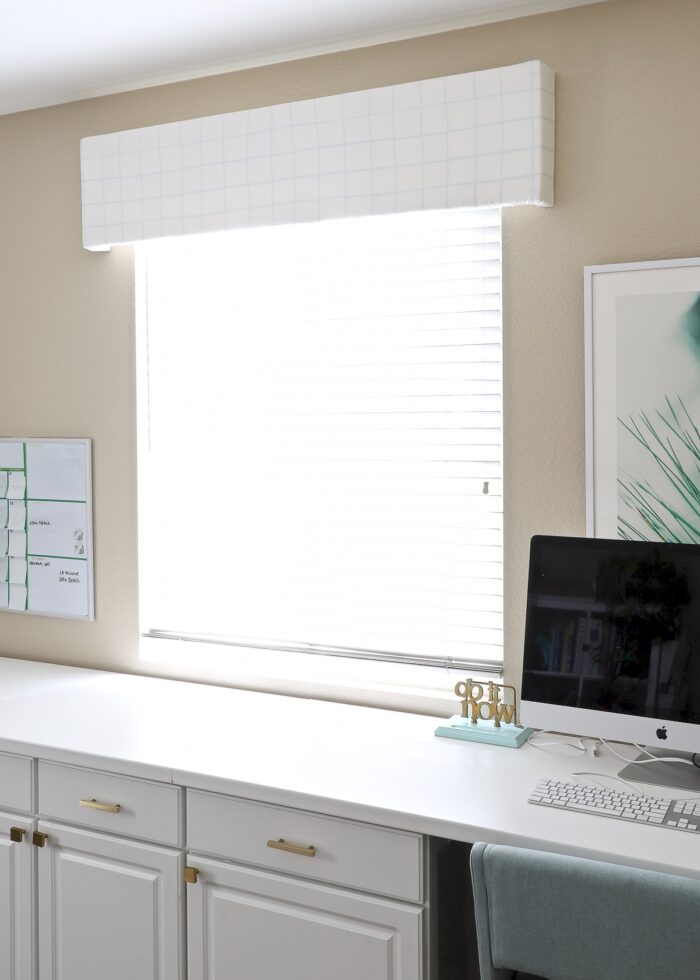
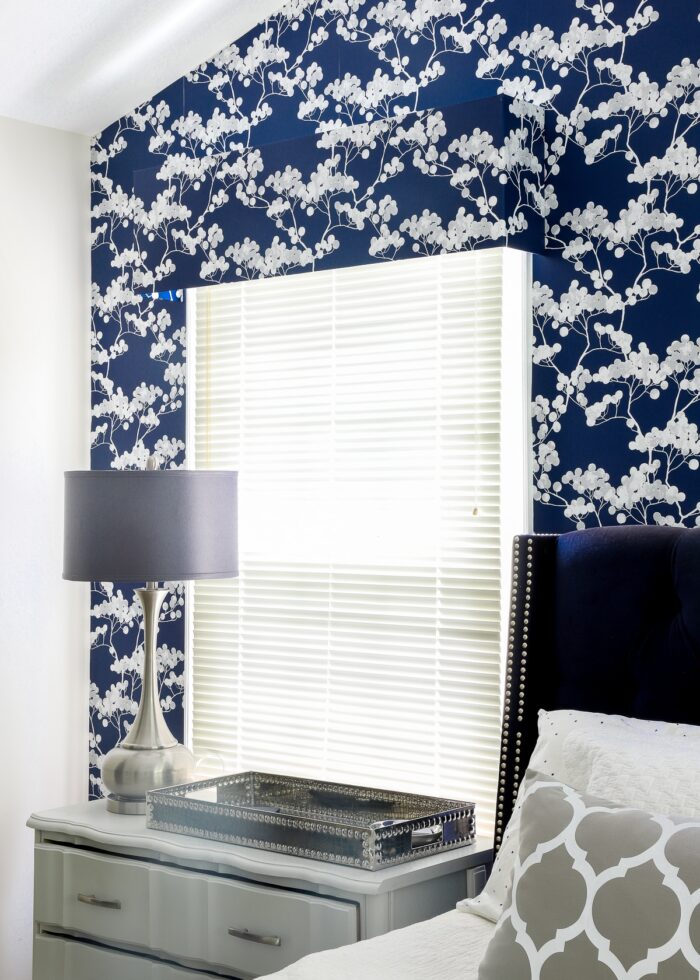
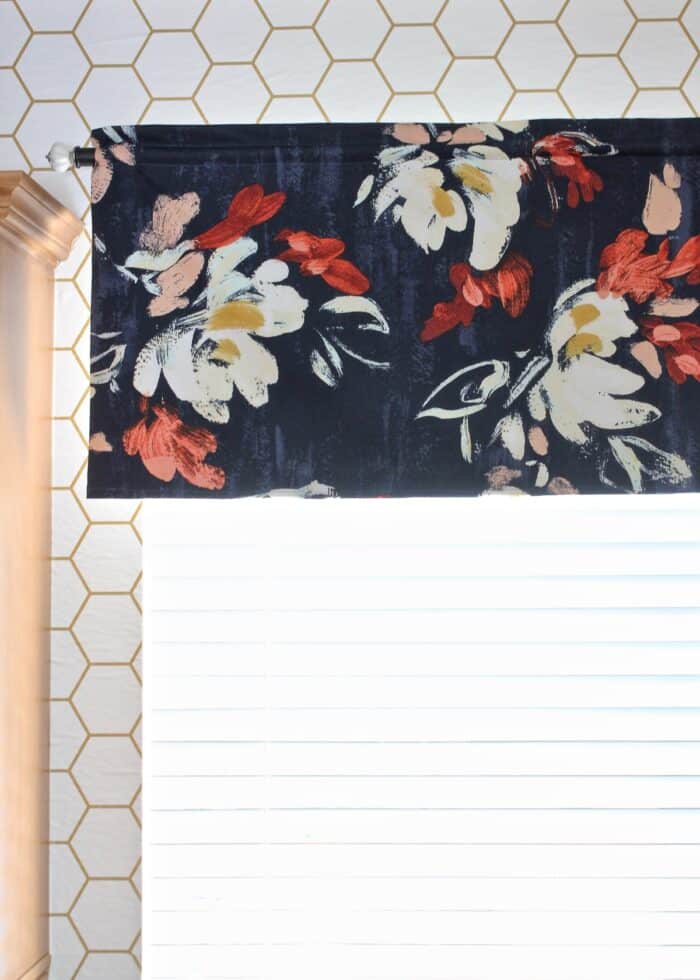
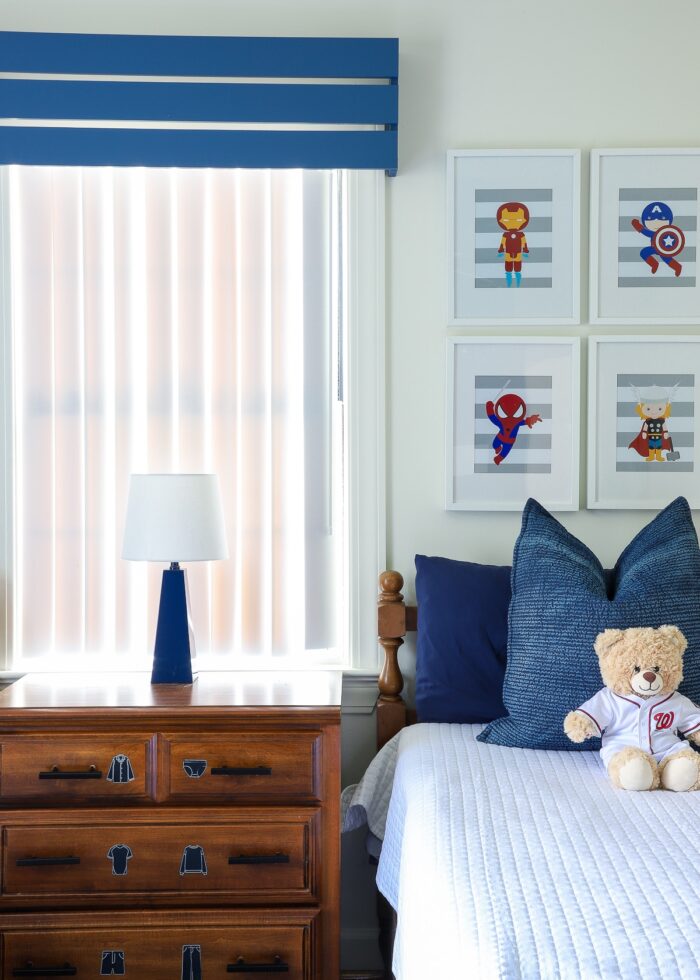
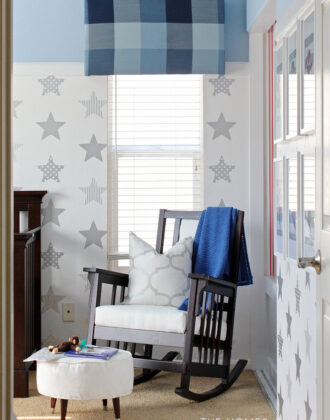
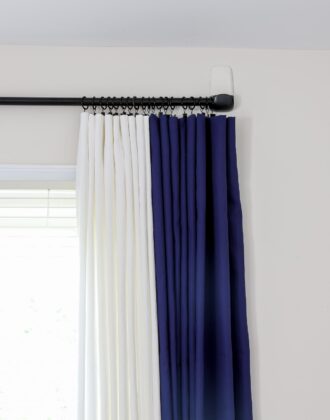
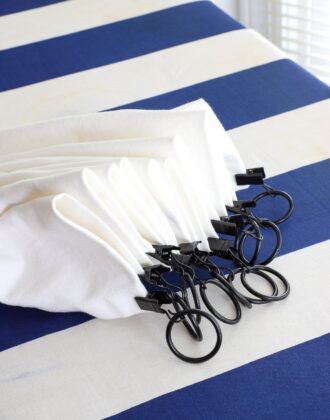
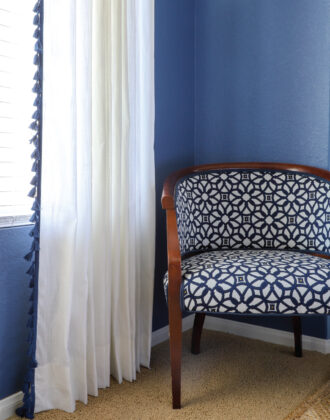

One Comment on “6 Easy DIY Window Valance Ideas (You Can Totally Make In an Afternoon)”
HeHe, as I was reading this article, I immediately thought window valances are like the eyebrows in the room. 🙂 Simple just completes the room. And nobody can tell what they are made from unless you are right by them, or you tell us!